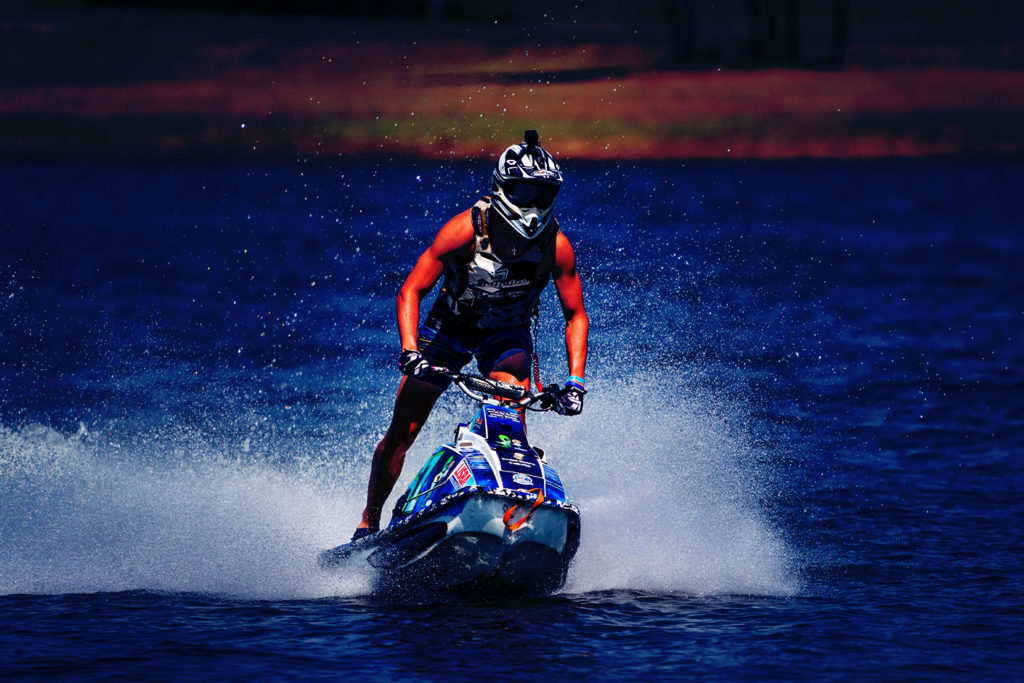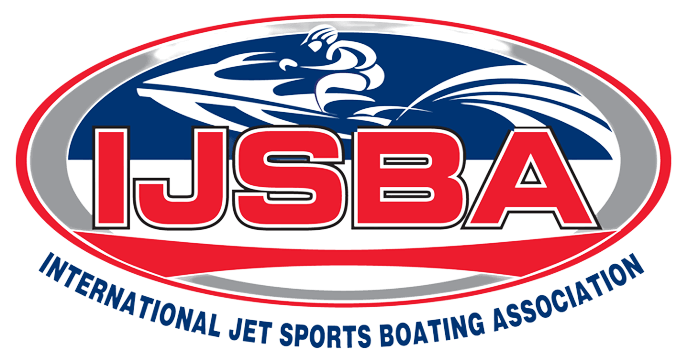The speed of a normal jet ski, or personal watercraft (PWC), can vary depending on several factors including the model, engine size, and conditions such as water surface and weather.
Here are some general guidelines…
- Recreational Models – Entry-level and recreational jet skis typically have top speeds ranging from 40 to 60 miles per hour (64 to 97 kilometers per hour). These models are designed for casual riders and family use, offering a balance of performance and comfort.
- Performance Models – High-performance jet skis, designed for enthusiasts and competitive riders, can reach top speeds of 65 to 70+ miles per hour (105 to 113+ kilometers per hour). These models often feature larger engines and enhanced hull designs for increased speed and agility.
- Conditions – Actual speed can vary based on water conditions (calm vs. choppy), rider weight, and how the jet ski is loaded (number of passengers, cargo).
- Regulations – Speed limits may apply in certain waterways or jurisdictions, so it’s essential to adhere to local boating regulations and safety guidelines.
Factors Affecting Speed
- Engine Size – Larger engines generally provide more power and higher speeds.
- Hull Design – Aerodynamic hull designs and hydrodynamic features can improve speed and maneuverability.
- Riding Style – Skillful throttle control and riding technique can maximize speed and efficiency.
- Maintenance – Well-maintained engines and components can optimize performance and speed.
Modern jet skis offer a range of speeds to accommodate different preferences and skill levels, making them versatile watercraft for various recreational activities on the water.



